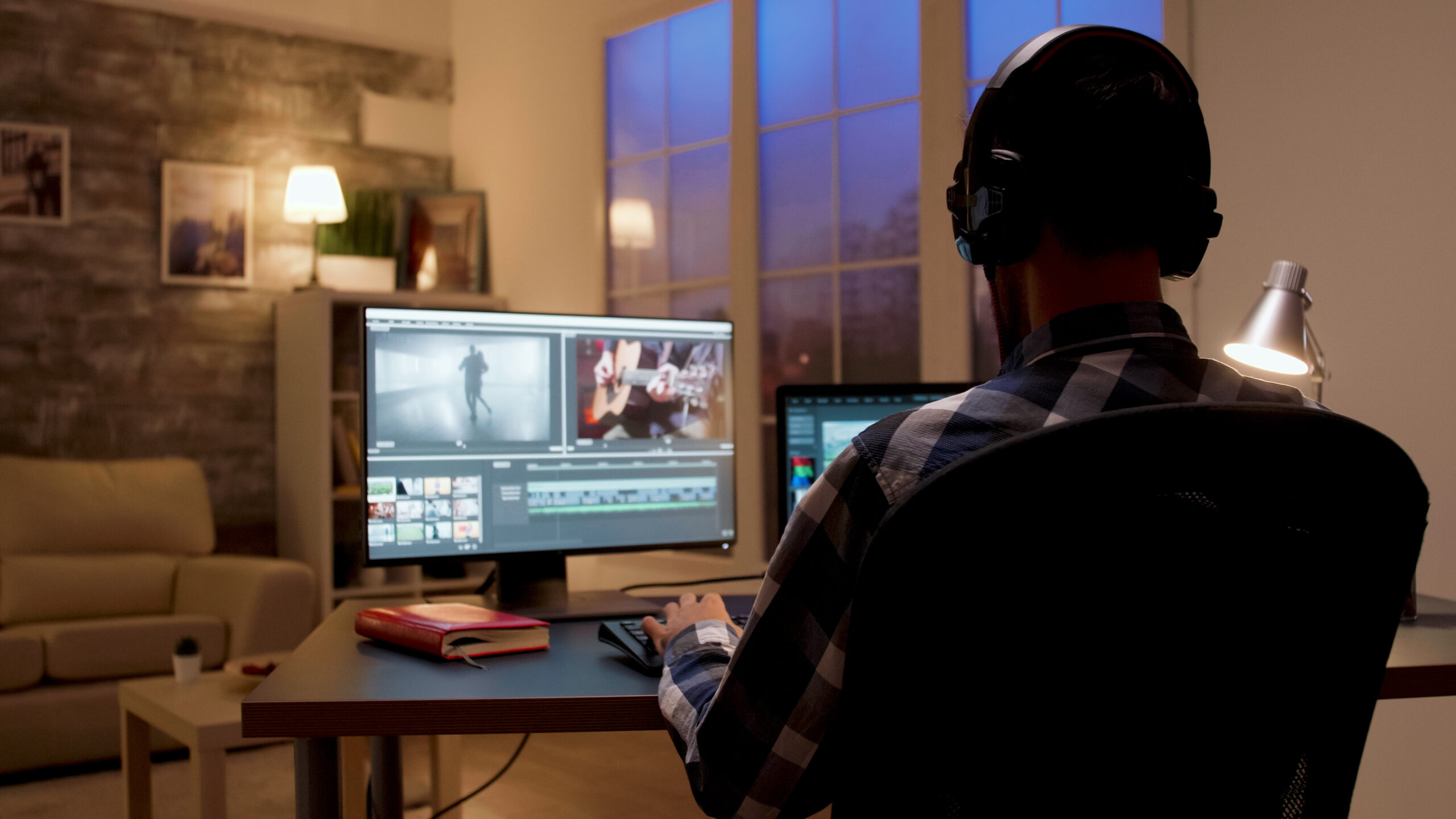Introducing the Amazing Development of VFX in Movies: A Graphic Exploration of One Hundred Years of Film Magic
Introduction:
Visual effects, or VFX, have been a crucial component of narrative since the beginning of cinema and have the ability to take ordinary situations and take viewers to extraordinary places. We take a fascinating tour through the development of visual effects in this investigation, following its path from antiquated methods to the state-of-the-art feats of contemporary computer-generated imagery.
Table of Contents

The Origin of Illusions in Vision:
To attract viewers in the early days of cinema, directors experimented with practical effects and optical illusions. A pioneer of early cinema, Georges Méliès astonished audiences with his inventive use of techniques including multiple exposures and stop-motion animation in films like “A Trip to the Moon” (1902). These methods demonstrated the ability of visual storytelling to spark the imagination and set the groundwork for the enchantment of visual effects.
The Age of Perfect Practical Effects:
Practical effects developed as cinema advanced, attaining unprecedented levels of invention and inventiveness. Filmmakers stretched the bounds of what was practical in classics like “King Kong” (1933) and “The Wizard of Oz” (1939), creating imaginative worlds with the use of puppets, forced perspective, and miniature models. These useful methods gave movies a real feeling of wonder and captivated viewers with their physical authenticity.

The Digital Revolution’s Dawn:
Computers brought about a revolution in visual effects and opened up a world of never-before-seen possibilities. With movies like “Jurassic Park” (1993) and “Tron” (1982), filmmakers used computer-generated imagery (CGI) to create lifelike animals and immersive environments that were before unthinkable. A new era of cinematic spectacle was made possible by the fusion of classic filmmaking methods with digital innovation, which fundamentally altered the field of visual narrative.
Stretching the Imagination’s Limits:
Filmmakers continued to push the limits of visual effects as technology developed, making it harder to distinguish between truth and imagination. The “The Matrix” trilogy (1999–2003) introduced bullet time and virtual cinematography to audiences worldwide, revolutionizing action cinema. These films were made possible by breakthrough visual effects. Similar to this, movies like “Avatar” (2009) and “Inception” (2010) demonstrated the revolutionary potential of visual effects by engrossing audiences in incredibly vivid worlds and surreal dreamscapes.

Growth of CGI That Is Photorealistic:
Recent developments in computer graphics (CGI) have allowed filmmakers to achieve previously unheard-of levels of realism, making it harder to distinguish between live-action and animation. Directors used state-of-the-art technology to create photorealistic scenes and characters in “The Jungle Book” (2016) and “The Lion King” (2019), flawlessly fusing computer-generated imagery (CGI) with live-action footage. These movies push the limits of what is possible on screen and are the epitome of visual artistry.
Harmonizing Innovation with Tradition:
Even with the popularity of digital effects, physical methods are still essential to contemporary filmmaking because they give fictional worlds more nuance and realism. Using amazing realistic effects, Christopher Nolan’s 2017 film “Dunkirk” immersed viewers in the visceral realism of combat. Similar to this, realistic stunts and effects in “Mad Max: Fury Road” (2015) added a gritty reality to the film’s action-packed scenes.

Considering the Future:
The advancement of visual effects is not showing any indications of stopping in the near future. The possibilities for visual narrative are endless due to the continuous blurring of reality and computer-generated imagery brought about by technological breakthroughs. To push the limits of creativity and innovation, filmmakers are adopting new tools and processes, such as real-time rendering and virtual production approaches.
VFX in Movies:
The development of vfx in movies is evidence of both the unrelenting advancement of technology and the creative imagination of filmmakers. Learn VFX Education in Brilliko Institute of Multimedia With the ability to transport viewers to worlds beyond their imagination, visual effects (VFX) have revolutionized the art of storytelling. From the practical illusions of the early days to the photorealistic wonders of modern CGI? One thing is certain: the enchantment of visual effects will enthrall and motivate viewers for many years to come as we continue to push the envelope of what is conceivable.



